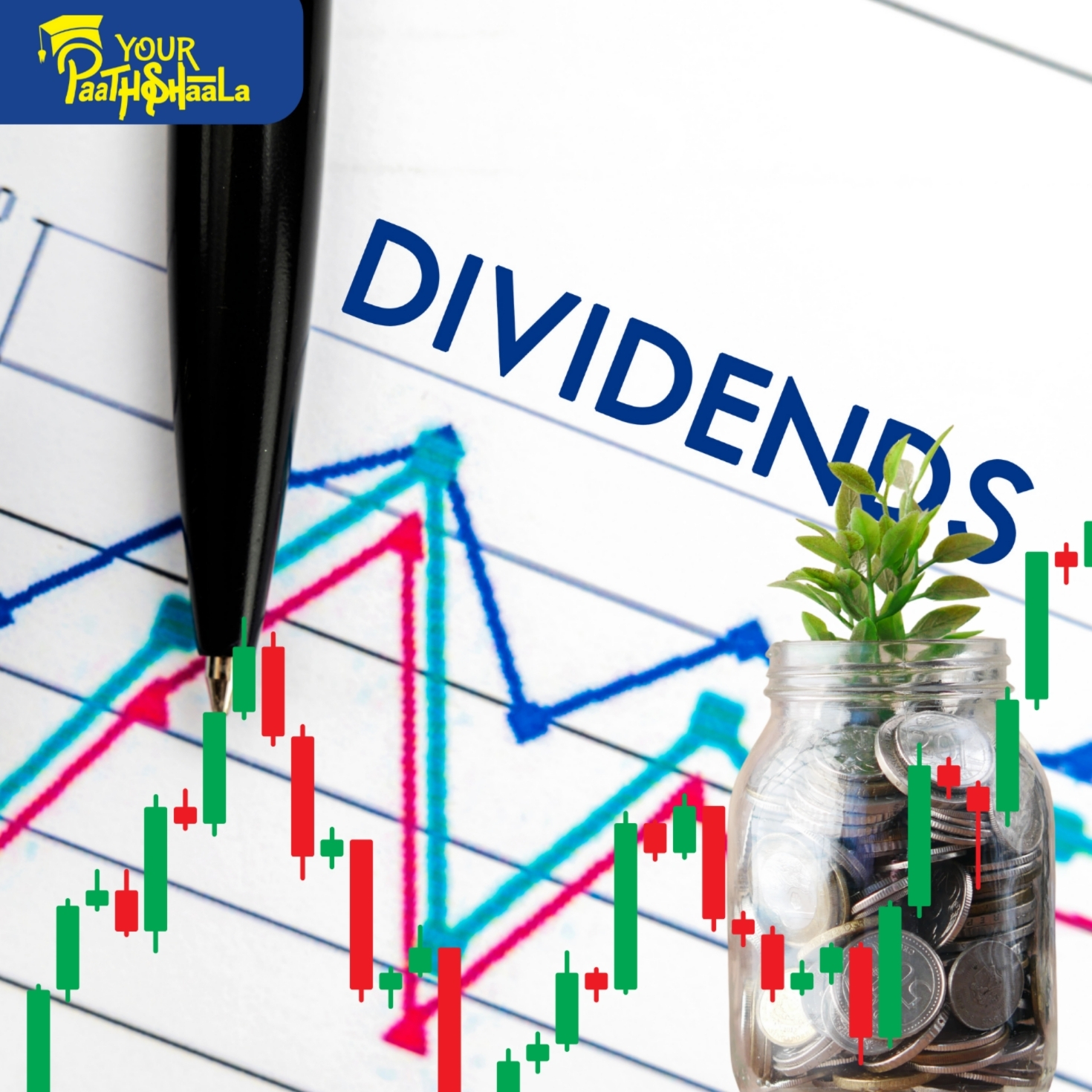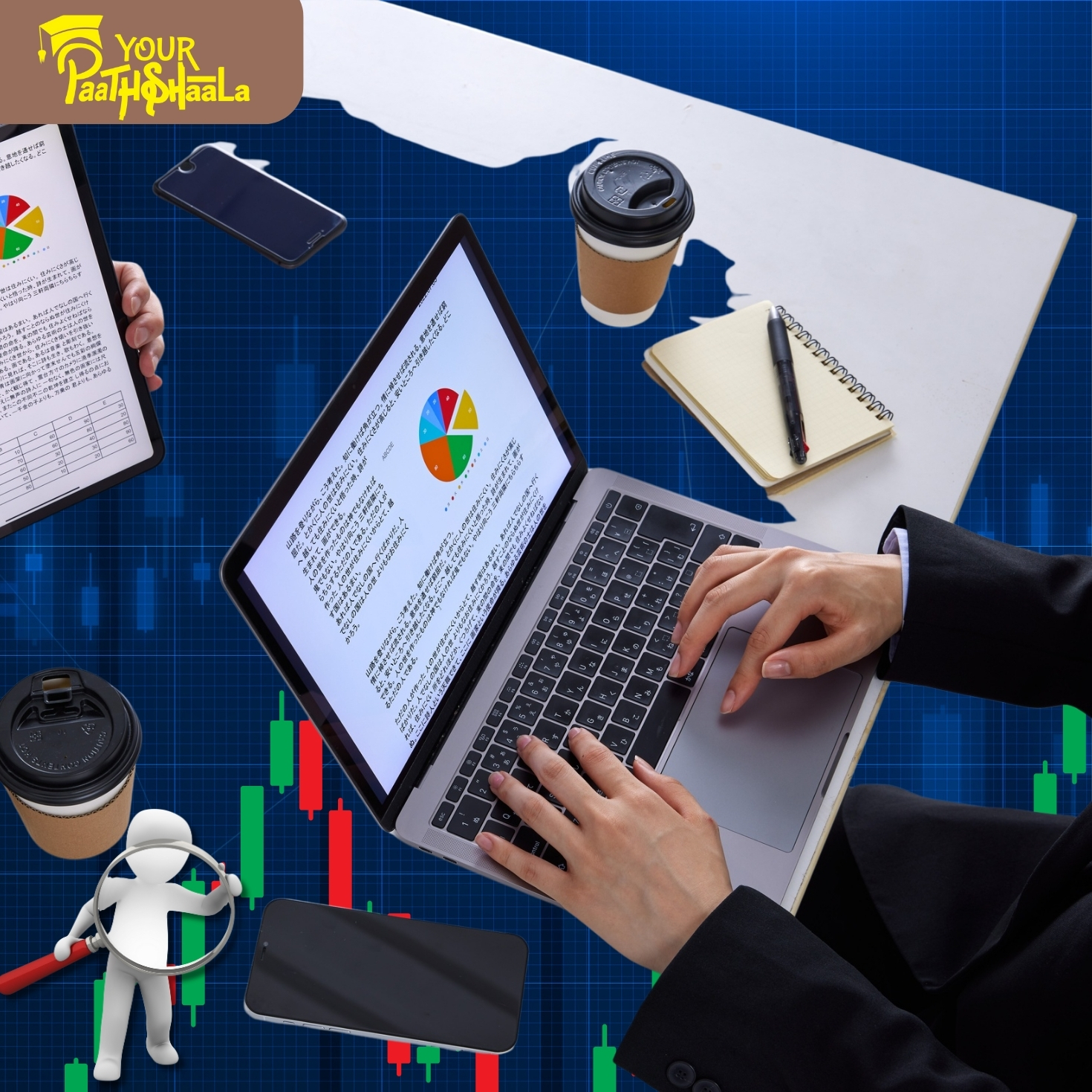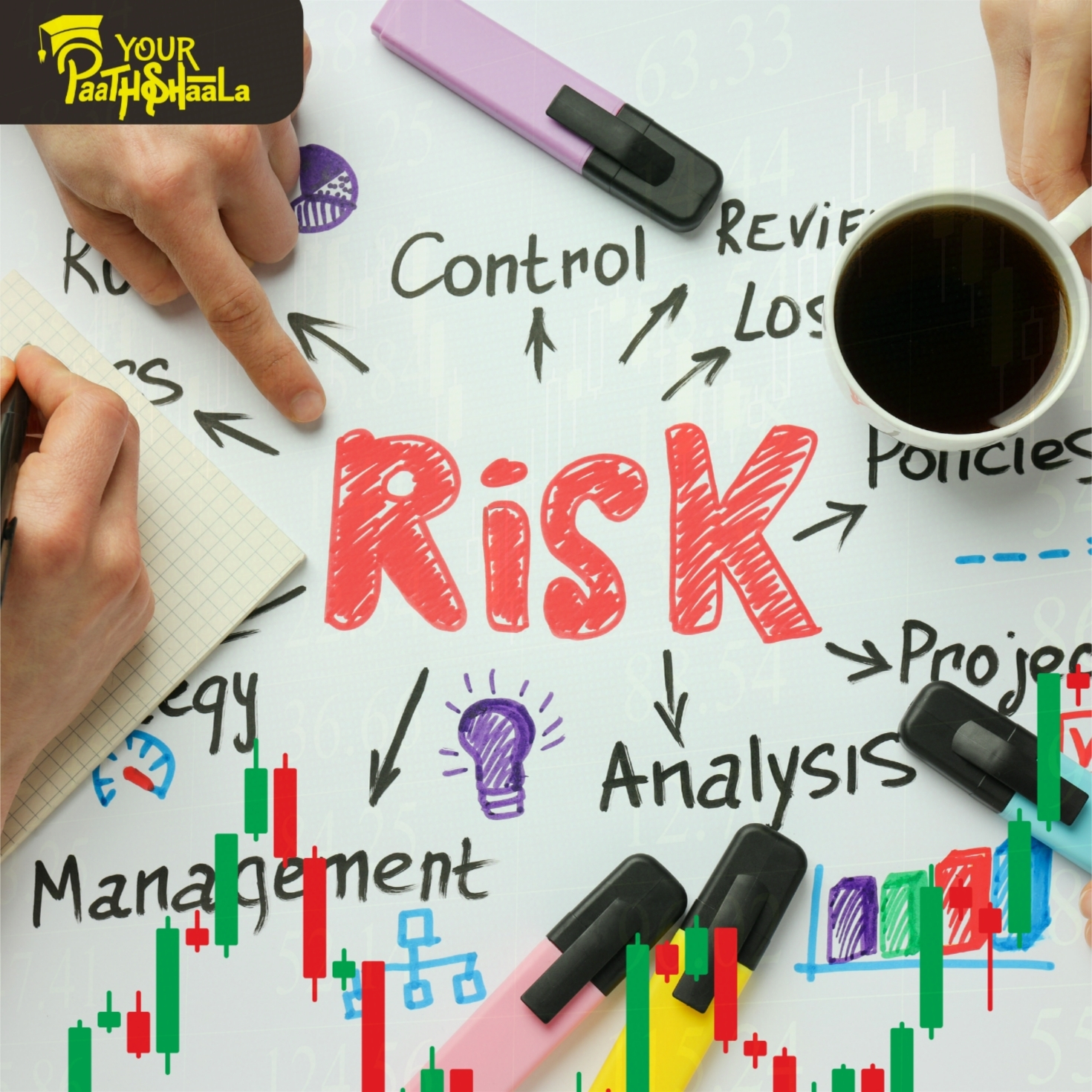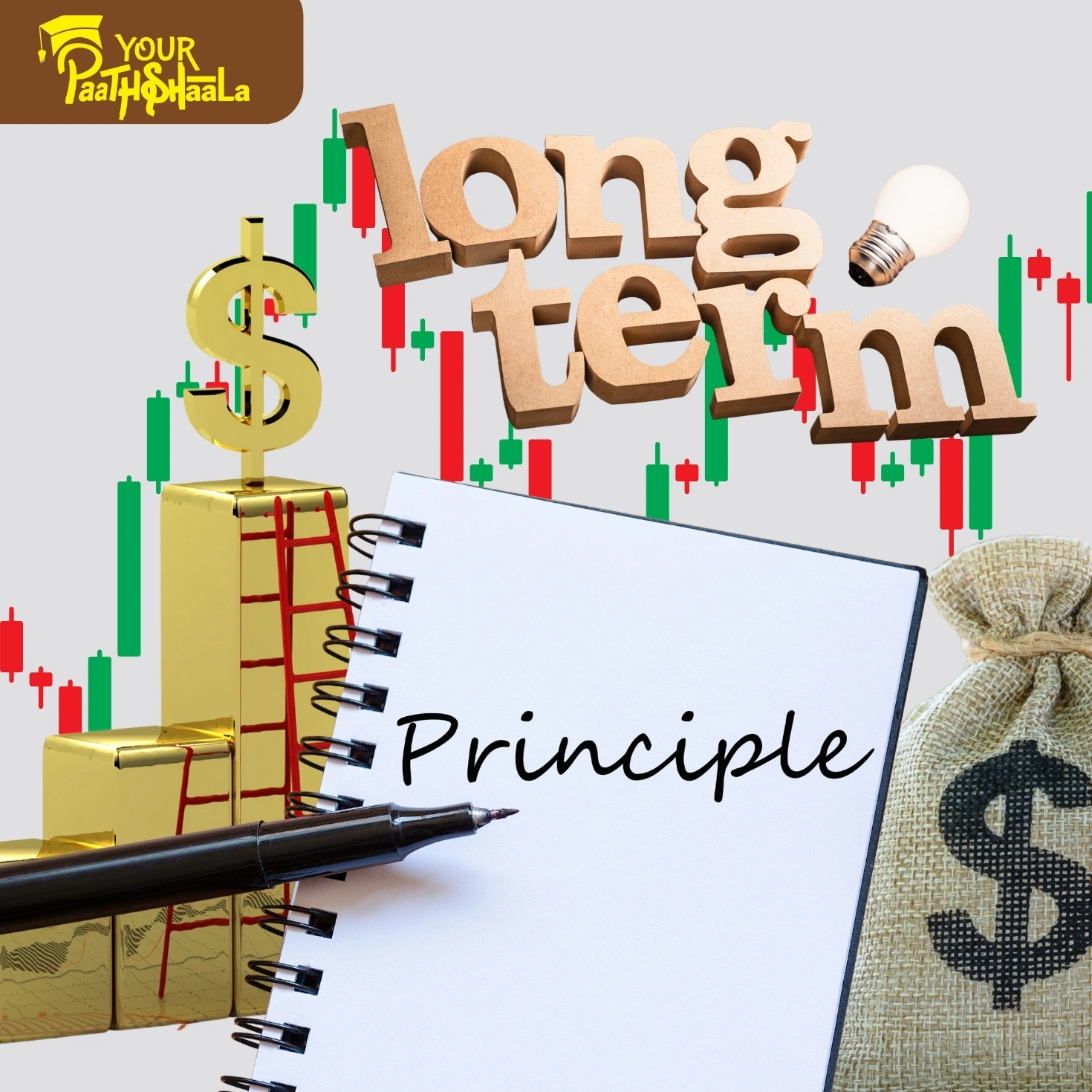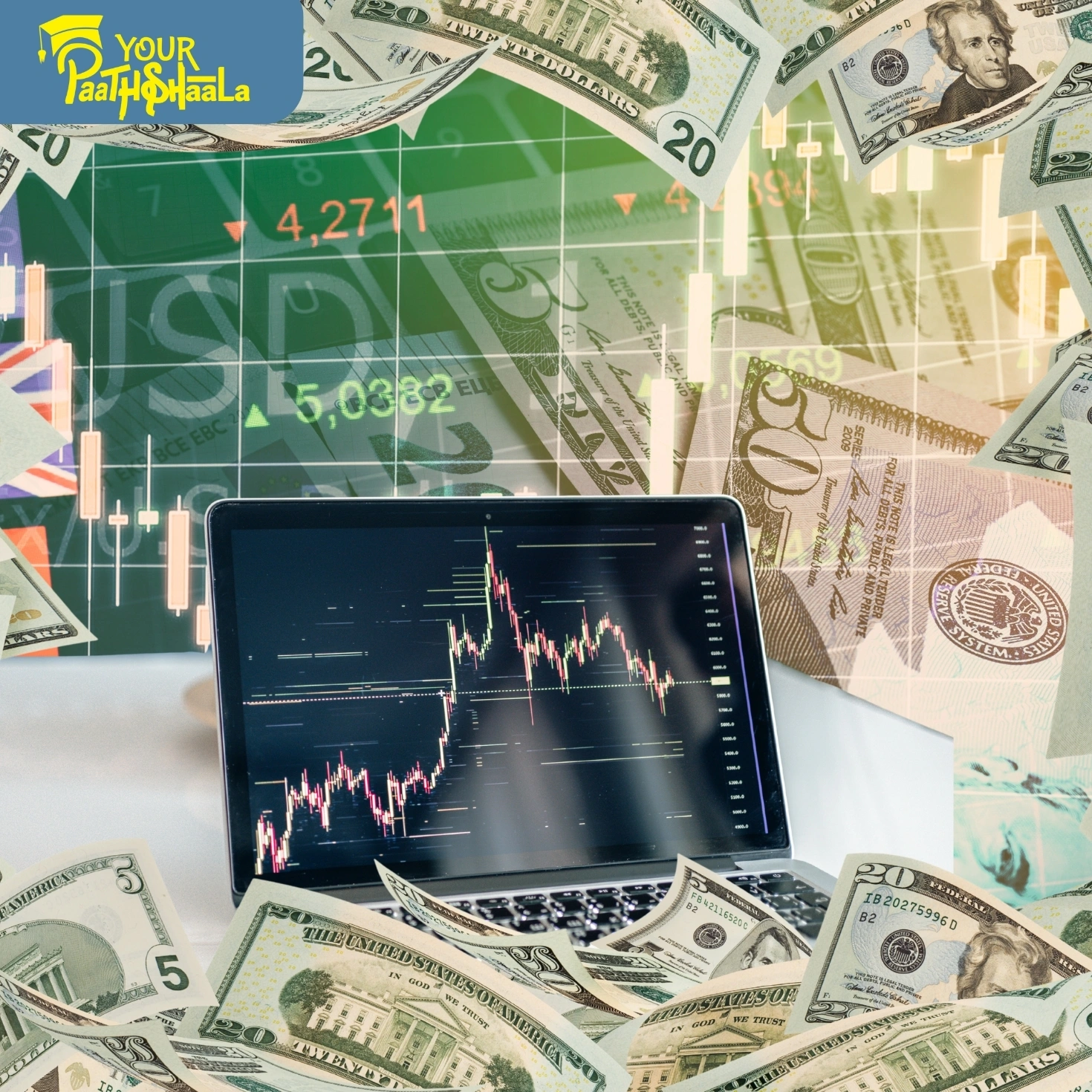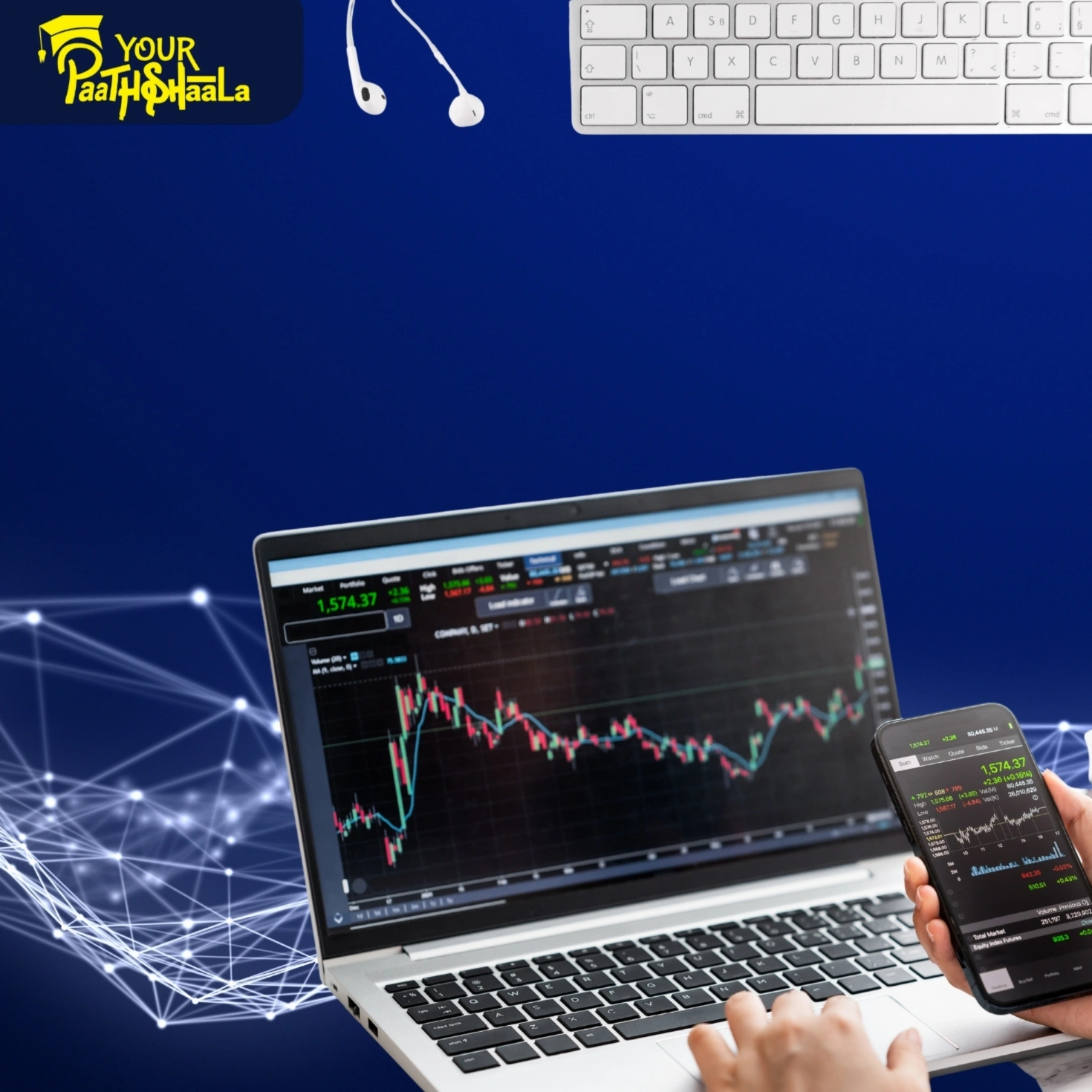The Evolution of Algorithmic Trading: How Smart Algorithms Are Transforming Modern Markets
Algorithmic trading has revolutionized the way financial markets operate. What began as simple computer programs to automate basic trades has evolved into a sophisticated landscape of high-frequency trading, artificial intelligence, and machine learning. Today, algorithms are not just faster—they’re smarter, more efficient, and capable of analyzing vast amounts of data in real time.
If you’re curious about how algorithmic trading works, why it’s so influential, and where it’s heading, this comprehensive guide will walk you through its evolution, advantages, risks, and the skills you need to get started.
What Is Algorithmic Trading?
Algorithmic trading (or algo trading) is the use of computer programs to automate trading strategies. Instead of placing trades manually, traders create algorithms—sets of rules based on timing, price, quantity, or other mathematical models—that execute trades automatically when certain conditions are met.
Key Features:
Automation: Reduces manual intervention and human error.
Speed: Executes trades in milliseconds or microseconds.
Consistency: Follows predefined rules without emotional influence.
Scalability: Can process and act on massive amounts of market data.
A Brief History: The Evolution of Algorithmic Trading
1. The Early Days (1970s–1990s)
Program Trading: The first algorithms were used for simple tasks like index arbitrage and executing large orders to minimize market impact.
Electronic Exchanges: The rise of electronic trading platforms (like NASDAQ) enabled faster and more efficient order execution.
2. The Rise of High-Frequency Trading (2000s)
Speed Becomes King: Advances in computing power and network infrastructure led to high-frequency trading (HFT), where algorithms execute thousands of trades per second.
Market Making & Arbitrage: Algorithms began to profit from tiny price discrepancies across markets and provide liquidity.
3. The Age of Artificial Intelligence (2010s–Present)
Machine Learning: Algorithms now learn from data, adapt to changing market conditions, and optimize strategies.
Big Data: The ability to analyze news, social media, and alternative data sources in real time has made algorithms even more powerful.
Smarter Execution: Modern algorithms minimize costs, manage risk, and even adjust strategies on the fly.
How Does Algorithmic Trading Work?
Core Components of an Algorithmic Trading System
- Strategy Design: Define the trading rules—when to buy, sell, or hold—based on technical indicators, statistical models, or machine learning.
- Backtesting: Test the strategy on historical data to evaluate its effectiveness and risk.
- Execution Engine: The software that sends orders to the market based on the algorithm’s signals.
- Risk Management: Built-in controls to limit losses, manage exposure, and comply with regulations.
- Monitoring and Optimization: Continuous tracking and refinement to adapt to market changes.
Common Algorithmic Trading Strategies
Trend Following: Buy when prices are rising, sell when they’re falling (using moving averages, momentum indicators, etc.).
Arbitrage: Exploit price differences between related assets or markets.
Market Making: Continuously quote buy and sell prices to earn the spread.
Statistical Arbitrage: Use mathematical models to identify short-term mispricings.
Mean Reversion: Bet that prices will revert to their historical average.
The Advantages of Algorithmic Trading
1. Speed and Efficiency
Algorithms can process market data and execute trades far faster than any human, capturing opportunities that last only milliseconds.
2. Reduced Human Error
By removing emotions and manual intervention, algorithmic trading eliminates mistakes caused by fatigue, fear, or greed.
3. Backtesting and Optimization
Algorithms can be rigorously tested on years of historical data, allowing traders to refine strategies before risking real money.
4. Increased Liquidity
Algorithmic traders often act as market makers, providing continuous buy and sell quotes that help keep markets liquid.
5. Cost Reduction
Automation reduces transaction costs by optimizing order execution and minimizing slippage.
The Risks and Challenges of Algorithmic Trading
1. Technical Failures
Bugs, connectivity issues, or hardware failures can cause unintended trades or losses.
2. Overfitting
A strategy that performs well on past data may fail in live markets if it’s too closely tailored to historical patterns.
3. Market Impact
Large algorithms can move prices if not executed carefully, especially in less liquid markets.
4. Regulatory Scrutiny
Regulators monitor algorithmic trading for market manipulation, flash crashes, and compliance with trading rules.
5. Increased Competition
As more traders use algorithms, profits from simple strategies diminish, requiring constant innovation.
The Rise of High-Frequency Trading (HFT)
High-frequency trading is a subset of algorithmic trading focused on executing a large number of orders at extremely high speeds. HFT firms use advanced algorithms, co-location (placing servers close to exchange data centers), and direct market access to gain microsecond advantages.
Key HFT Strategies:
Market Making: Providing liquidity and profiting from the bid-ask spread.
Statistical Arbitrage: Exploiting short-lived price inefficiencies.
Event Arbitrage: Trading around news releases or economic data.
Controversies:
HFT has been criticized for contributing to market volatility and flash crashes, but it also increases liquidity and tightens spreads for most investors.
Artificial Intelligence and the Future of Algorithmic Trading
The latest evolution in algorithmic trading is the integration of artificial intelligence (AI) and machine learning. These technologies allow algorithms to:
Learn from new data: Adapt strategies in real time as market conditions change.
Process alternative data: Analyze news, tweets, weather, and even satellite images for trading signals.
Predict market behavior: Use pattern recognition and predictive analytics to forecast price movements.
As AI continues to advance, expect algorithms to become even more autonomous, adaptive, and capable of handling complex, unstructured data.
How to Get Started with Algorithmic Trading
1. Learn the Basics
Understand financial markets, trading instruments, and the basics of programming (Python is widely used in algo trading).
2. Choose a Trading Platform
Many brokers offer APIs and platforms designed for algorithmic trading, such as MetaTrader, Interactive Brokers, or custom Python environments.
3. Develop and Backtest Strategies
Start with simple strategies and test them on historical data. Use backtesting tools to evaluate performance and risk.
4. Go Live with Caution
Begin with small amounts of capital and monitor your algorithm closely. Be prepared to pause or adjust your strategy if market conditions change.
5. Continuous Learning
Stay updated on new technologies, regulations, and market trends. The world of algorithmic trading evolves rapidly.
Practical Tips for Aspiring Algo Traders
Start simple: Don’t try to build complex AI systems right away. Master basic strategies and risk management first.
Document everything: Keep detailed records of your strategies, parameters, and results.
Monitor performance: Even the best algorithms need oversight. Watch for unexpected behavior or market changes.
Join communities: Engage with online forums, attend webinars, and network with other algo traders to share knowledge and ideas.
Invest in education: Consider taking courses on quantitative finance, data science, or programming.
Frequently Asked Questions
Q: Do I need to be a programmer to use algorithmic trading?
Basic programming knowledge is helpful, especially in languages like Python or R. However, many platforms offer user-friendly interfaces for building simple algorithms.
Q: Is algorithmic trading only for large institutions?
No. While institutions dominate the space, individual traders can also benefit from algo trading, especially with access to affordable technology and data.
Q: How much capital do I need to start?
You can start with a modest amount, but keep in mind that transaction costs and slippage can eat into profits at small scales.
Q: Are there risks involved?
Yes. Technical failures, overfitting, and market changes can all lead to losses. Risk management is crucial.
The Future of Algorithmic Trading
Algorithmic trading will continue to evolve as technology advances. Expect to see:
Greater use of AI and machine learning
Integration of alternative data sources
More regulation to ensure fair and stable markets
Opportunities for traders who can innovate and adapt
As markets become more complex, the demand for skilled algorithmic traders will only grow.
Conclusion: Embrace the Algorithmic Revolution
Algorithmic trading has transformed financial markets, making them faster, more efficient, and more accessible. By automating strategies, reducing human error, and leveraging cutting-edge technologies, algorithms are shaping the future of trading.
Whether you’re a beginner or an experienced trader, learning about algorithmic trading can open up new possibilities and give you a competitive edge in today’s markets.
Ready to Learn More and Start Your Algorithmic Trading Journey?
If you want to master the art and science of algorithmic trading, gain hands-on experience, and receive expert mentorship, consider enrolling in a professional stock market course.
Visit YourPaathshaala
Near 🏥 Anjali Children Hospital, Tagore Nagar, Mathpurena, Raipur.
📫 PIN code: 492001, Chhattisgarh
📞 Click the Call Now to contact us!
Unlock your trading potential and step confidently into the future of finance with YourPaathshaala—where modern traders are made.


